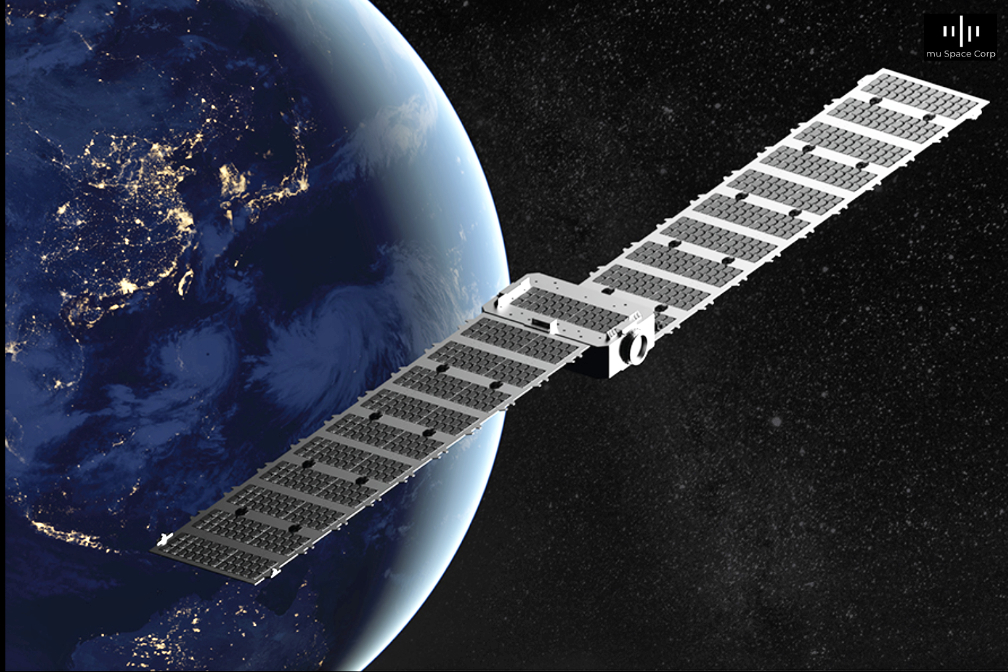
mu Space Corp. has announced and displayed to the public their brand-new satellite, the mu-B200, and the opening of Factory 2 in Bangkok, Thailand, at the company’s Satellite Tech Unveil 2021 event.
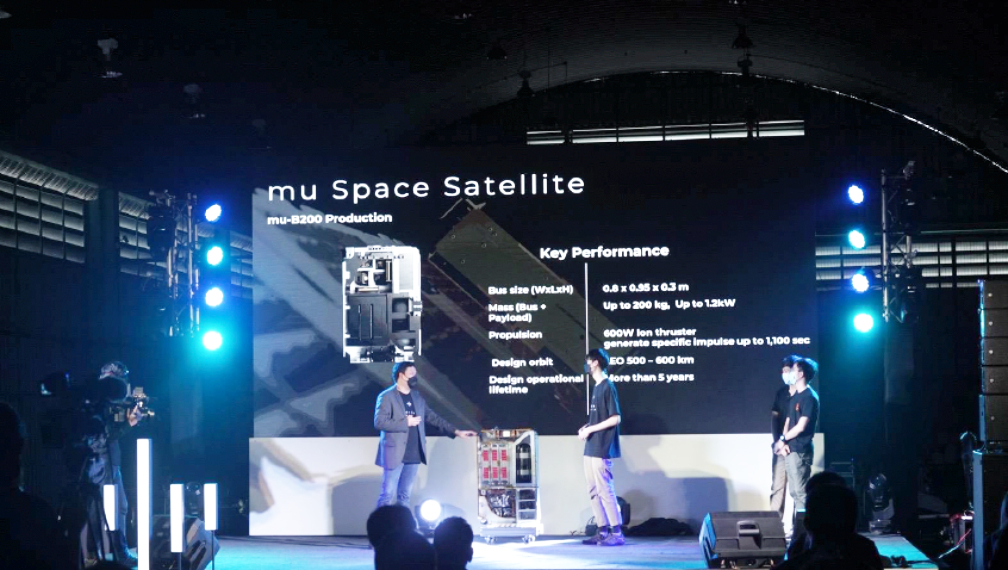
Factory 2 is the company’s third factory to date and aims to cement the Southeast Asian company as an aerospace leader. mu Space Corp is an aerospace manufacturer and satellite internet service provider and the organization emphasizes the importance of a vertical-integrated approach. The company designs, builds and test in-house all their products in order to improve performance and quality, while reducing the additional costs of an extensive supply chain.
The opening of the new factory and announcement of the mu-B200 is significant in that this will enable mu Space to triple their efforts in leading Thailand into the global space race. In December of 2020, mu Space opened Factory 0 for research and technology prototypes. Less than a year later, Factory 1 was opened. The factory is designated for most of the manufacturing stages, development, tests, productions of entire satellites and components.
Factory 2, unveiled via live stream at the Satellite Tech Unveil 2021 event, is considered an extension area that will enable the production of more satellites. This factory also focuses on producing electronic parts and power systems relating to mu Space’s satellites. The organization researches, designs, builds and tests all its technology in-house.
Founded in 2017 by James Yenbamroong, mu Space has conducted orbital microgravity experiments as part of Blue Origin’s New Shephard rocket launches and plans to work alongside other commercial agencies, as well as conduct their own launches in the near future.
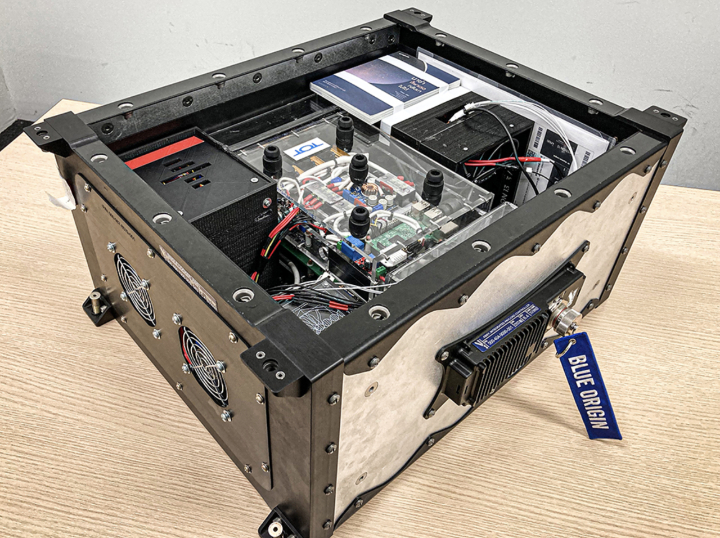
With the production of a new satellite, the mu-B200 and the launch of a new factory, mu Space is making a statement regarding their work within the aerospace industry in 2021. The Satellite Tech Unveil 2021 event was all about announcing to the public, their followers and their investors what it takes to manufacture aerospace products. This was also an opportunity for the company to display the actual satellite on stage. The mu Space satellite is the latest satellite produced by mu Space and its team of leading engineers, proving the main talking point of this event.

The satellite weighs 200 kilograms and comes with a 1.2 kW high-power system. The lightweight and high power is accomplished through the use of nanotechnologies in the manufacturing process. The mu-B200 satellite features krypton thrusters for orbit correction, a phased array antenna and a unique TRL-9 flight-proven high-power bus system.
With global launch activity having increased by 39 percent over the last decade and the value of the global satellite industry rising rapidly and expected to be valued at $508 billion by 2024 according to the Global Satellite Industry Insights & Forecast Report 2020, mu Space Corp’s expansion into the market is a signal that Southeast Asia is accelerating its participation in the satellite industry. mu Space is backed by leading investors, including B.Grimm Joint Venture – Thailand’s private power generation industry, Majuven Fund and private business groups such as executives from the UCLA Foundation, among others.
Speaking about mu Space’s Factory 2 announcement, CEO and founder James Yenbamroong said, “I remember the days when we only had one desk, now we have over 100 employees… Factory 0 was made to produce 1 satellite, Factory 1 can produce 10 and the new Factory 2 will be able to produce 100 satellites … we do all the production processes in-house as we are a vertically integrated company.” He also talked in detail about the new satellite, saying, “The focus of this satellite is high performance and high power, the higher the power the faster the internet connection.”
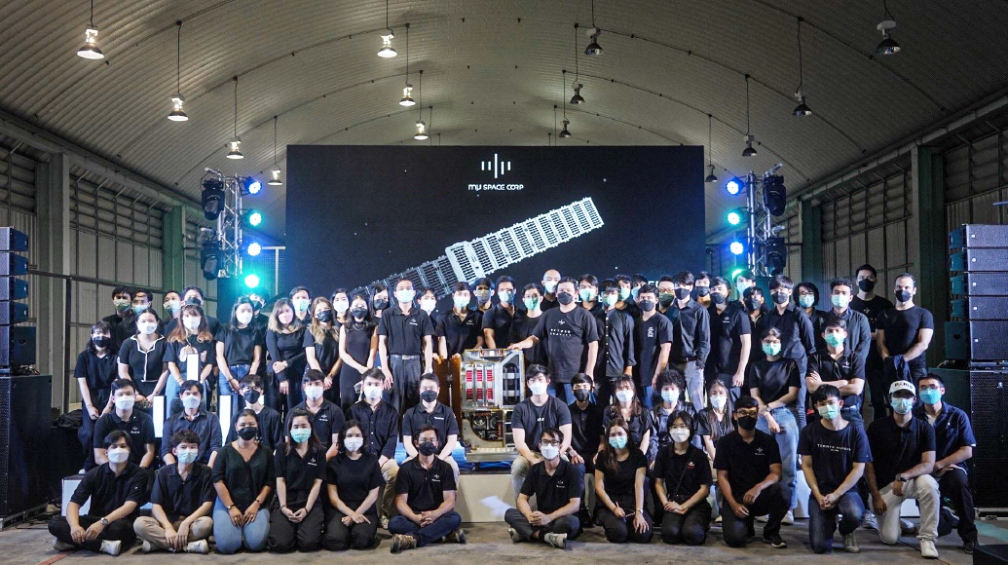


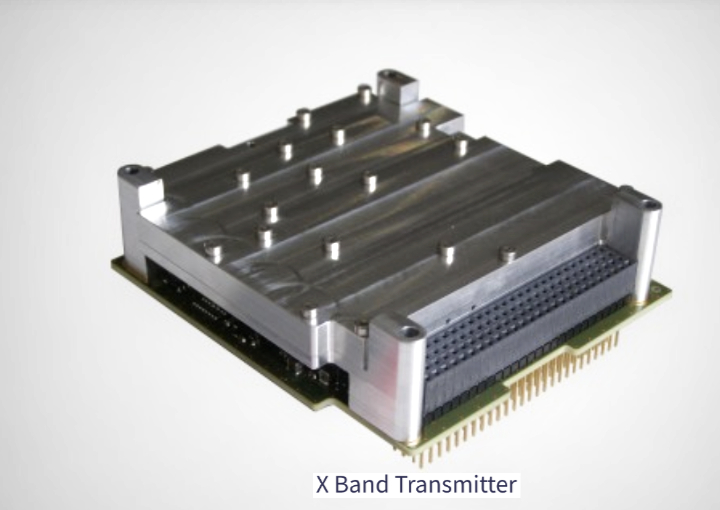
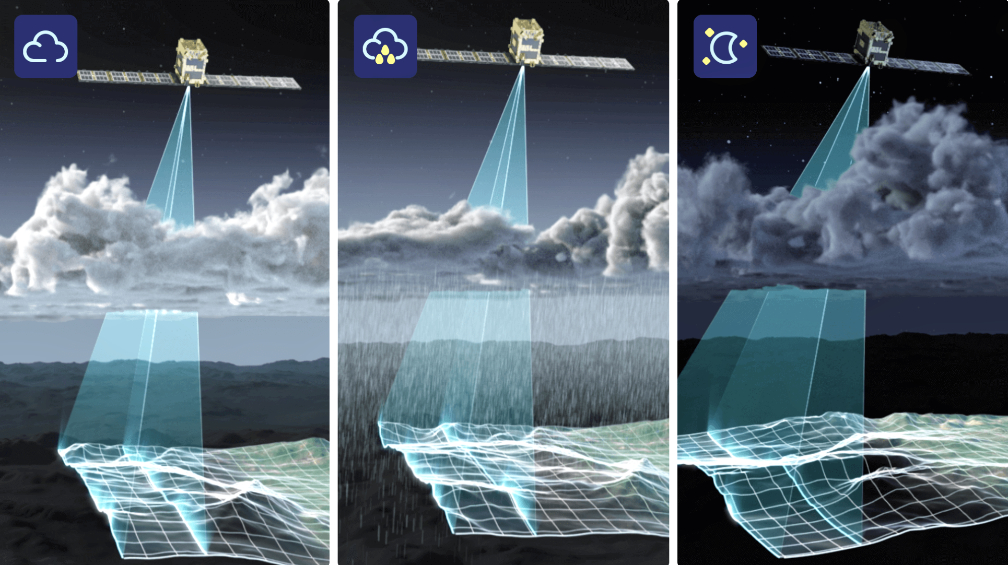



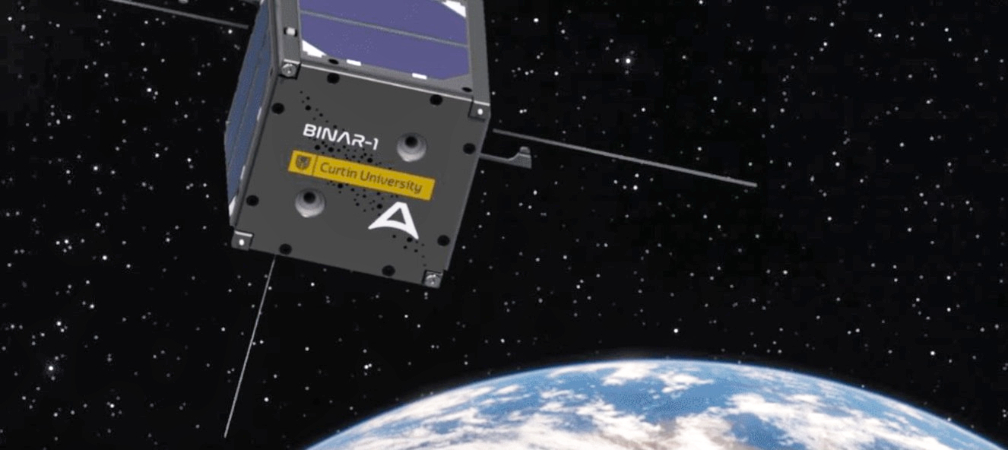
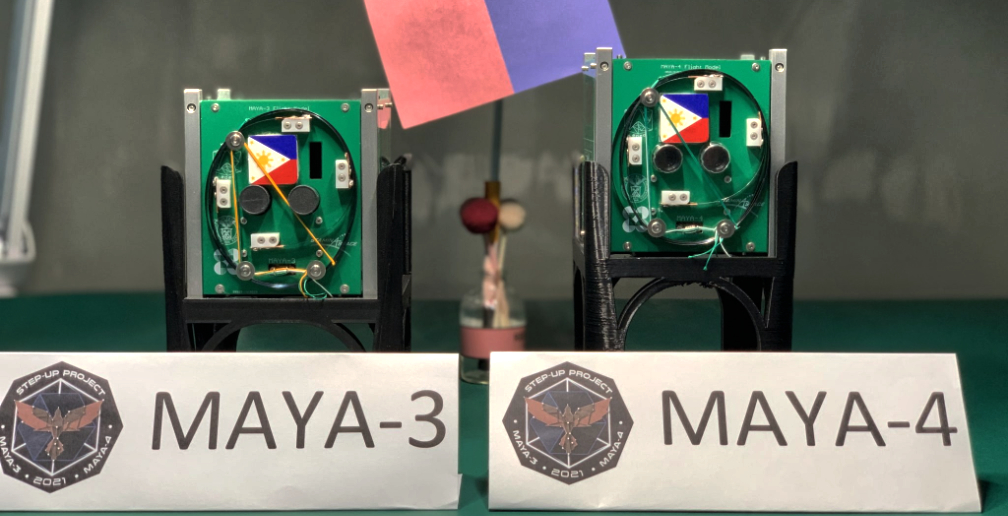


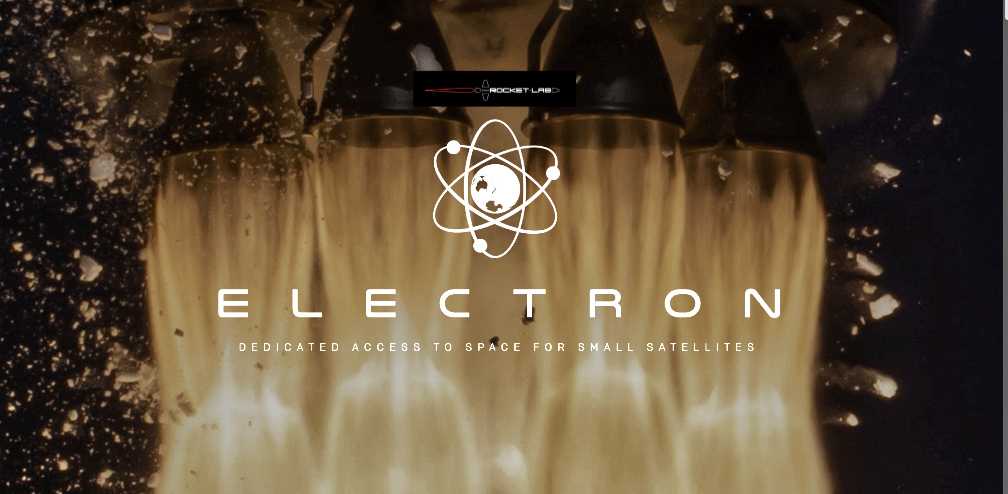
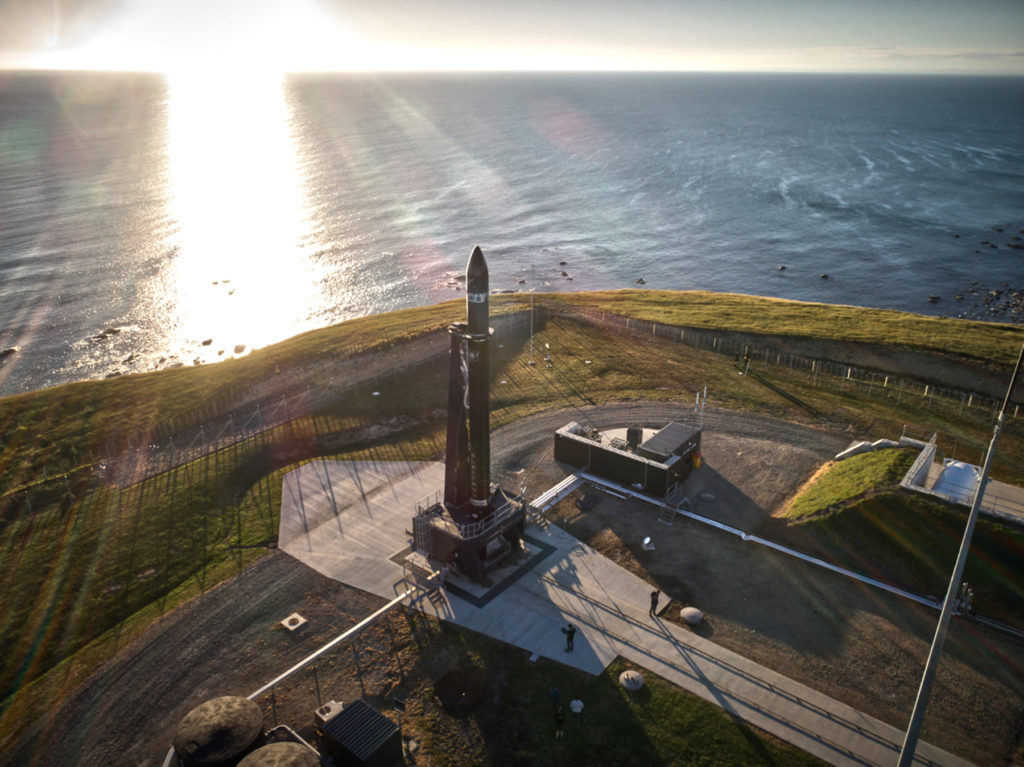
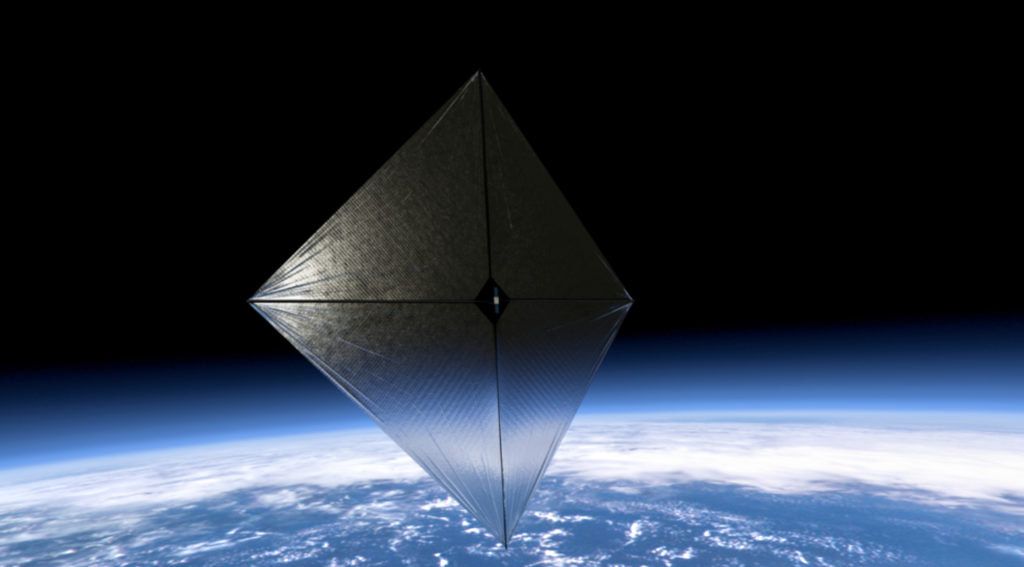
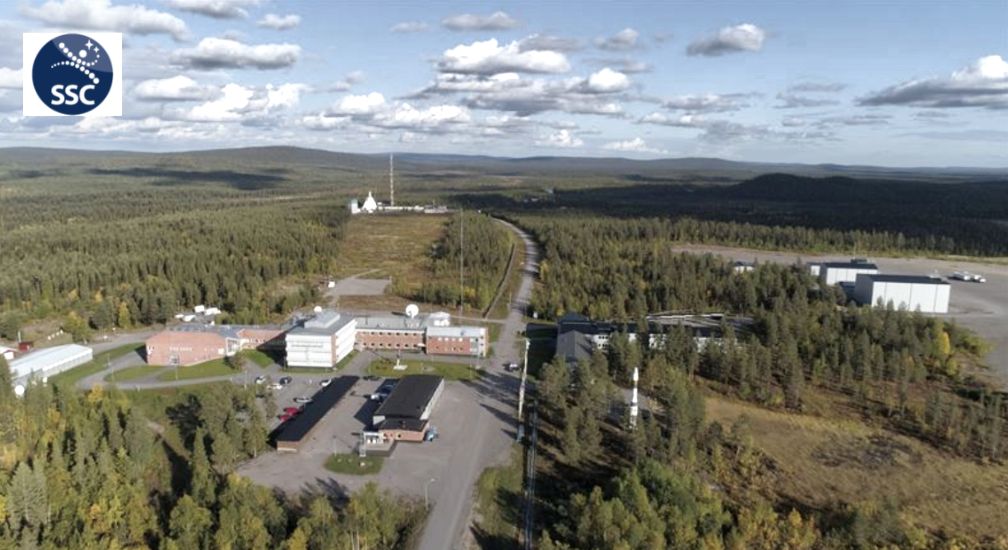





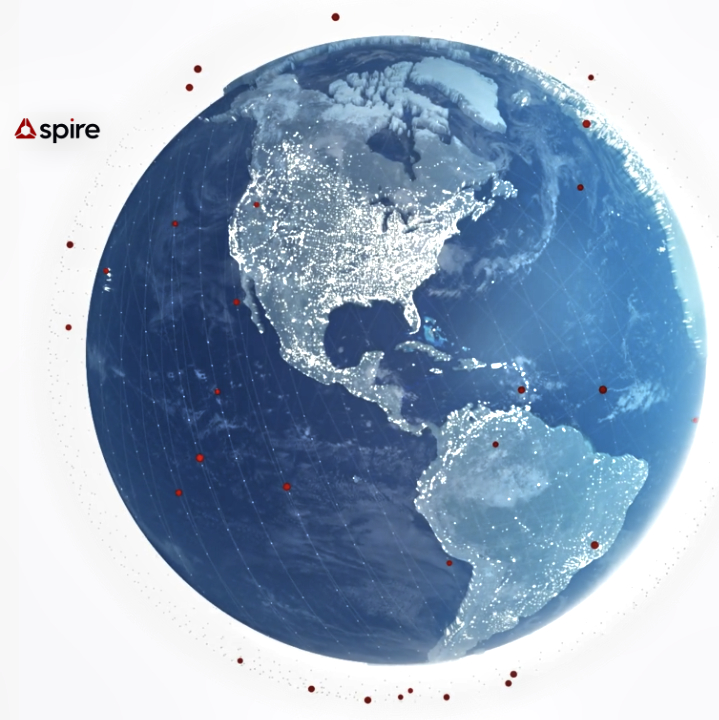
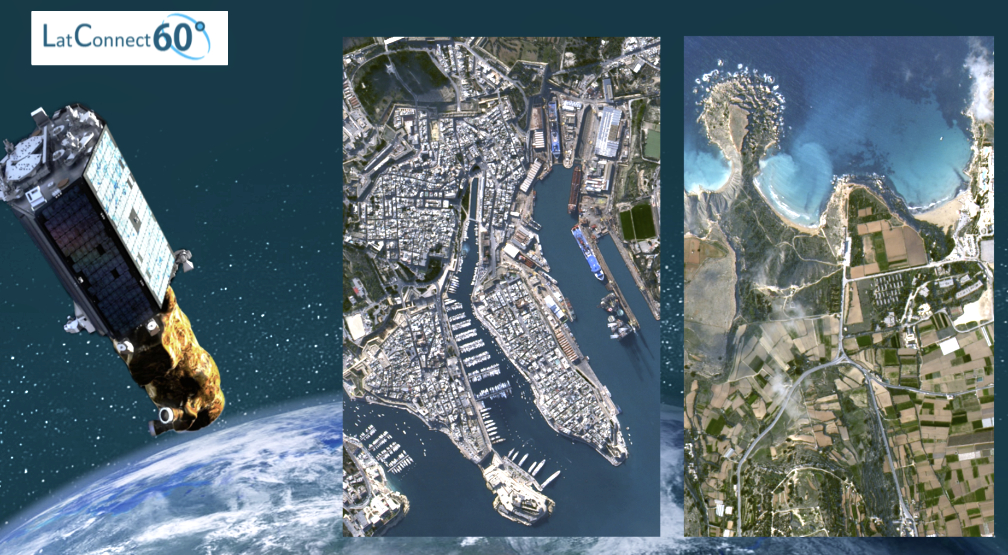
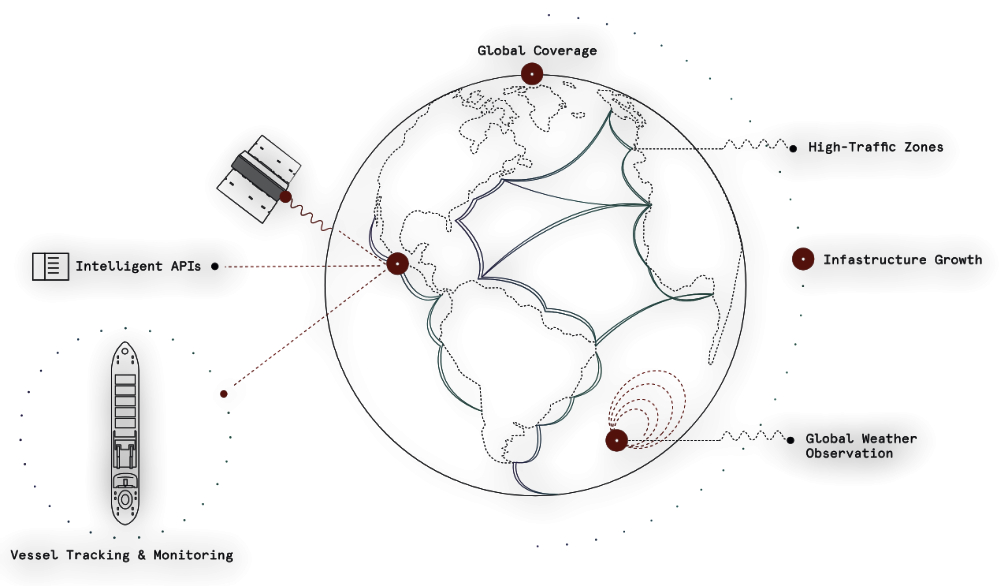
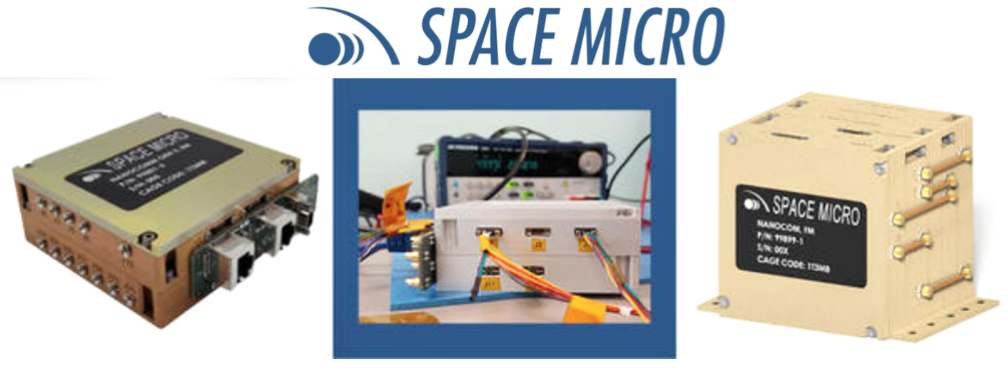
 Software Defined Radios (SDR) in support of the
Software Defined Radios (SDR) in support of the